Starting a garden might sound overwhelming, but it’s equally fulfilling. Whether you’re looking to get into gardening to have fresh ingredients to cook with or just add a splash of green to your backyard, this guide is for you. We’ll be going into detail on how to start a garden and covering some tips to help your new garden thrive.
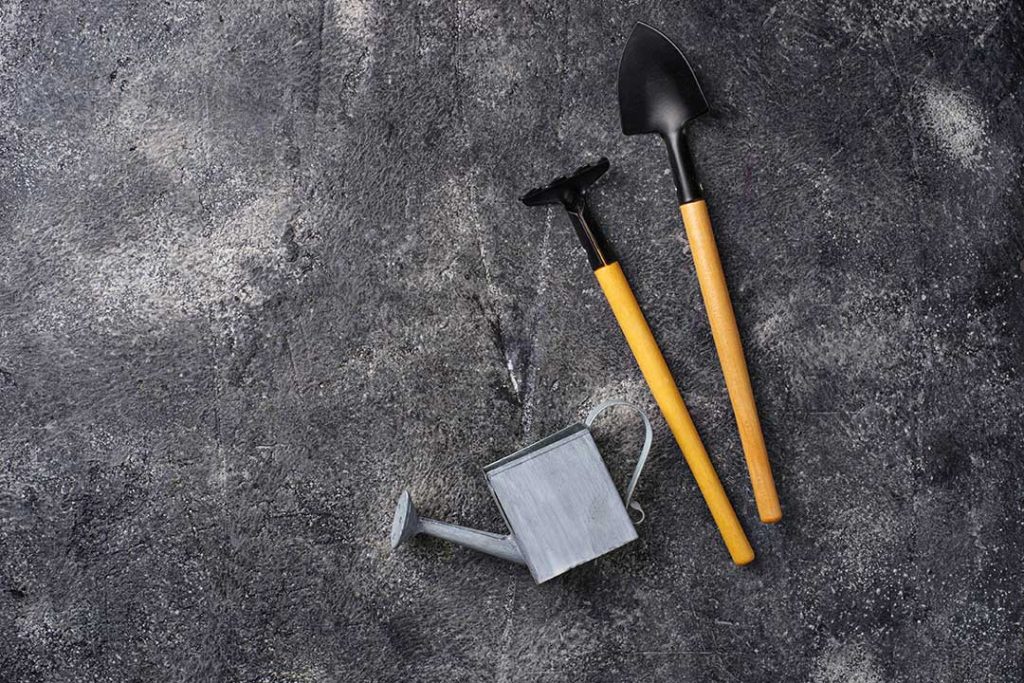
Planning Your Garden
Planning is one of the most time-consuming parts of starting a garden. There’s a lot of research involved, depending on what you want to grow.
If you have a lot of questions on how to start a garden and aren’t sure what grows best in your area, keep reading! But don’t forget local farmers and gardeners can also be a great resource for your plant-growing needs, especially if you live in an area that differs from the zones below.
Plant Hardiness Zones
Before you decide what to grow in your garden, you’ll want to learn more about hardiness zones, which determine what plants will most likely thrive in your area. There are always other factors that come into play (like rainfall, wind, and urban heat), but this should be the first thing you look at. Click here to find your hardiness zone.
Location, Location, Location!
Survey the area for a good garden location. If you live in an area with hot weather, you’ll want your plants to get lots of morning sun, with a decent amount of shade in the afternoon so they won’t get too hot.
Gardening in pots and other containers increases what you can grow if you don’t quite have the right lighting anywhere. This gives you the flexibility of moving them when they need a little extra sun (or a break from the heat).
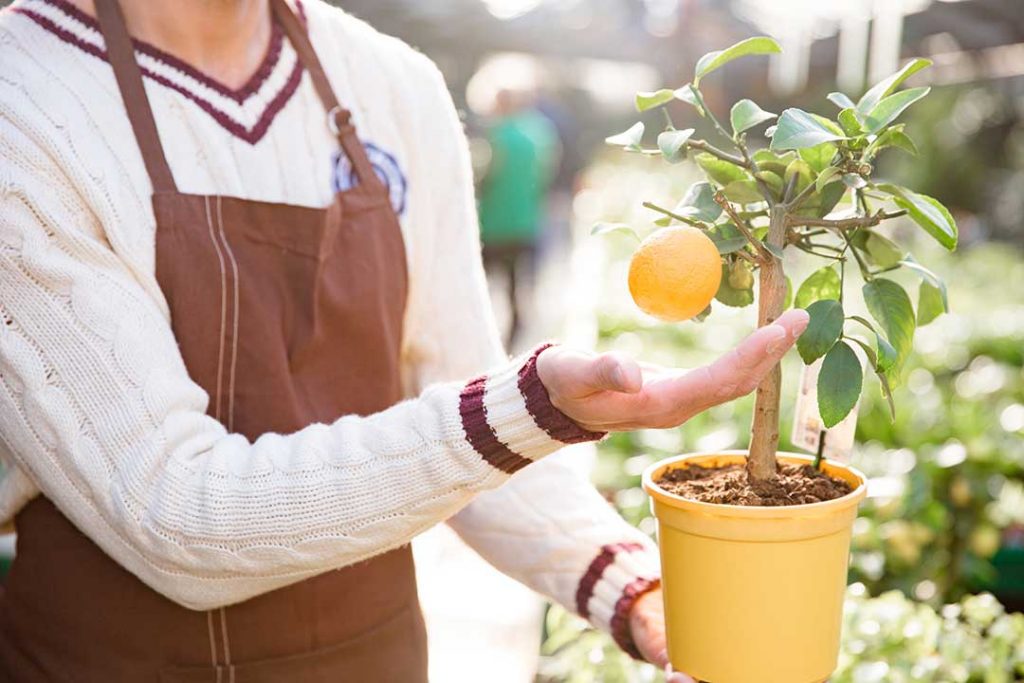
What to Grow
When picking what you want to start a garden with, you’ll likely want to start with hardier plants. You can mitigate issues with heat and light by growing indoors or in a more controlled environment later on, but that can be a bit of an investment.
Here are some good things to start out with that do well in a range of zones:
- Herbs: Rosemary, mint, coriander, basil, thyme, lemon balm, lavender
- Flowers: Daylilies, gaillardia, snapdragons, pansies, coneflowers, zinnia
- Fruits/veggies: Yellow summer squash, carrots, chili peppers, spinach, tomatoes, strawberries
These are just a few ideas. Do a little research on your zone and ask your local nursery what they recommend starting out with.
Design and Organize Your Garden
When you start designing your garden, take your zone and soil into consideration. If you live somewhere dry and hot that experiences a drought for most of the year, you’ll want to grow things in a “bowl” or dip in the ground. This will retain water a bit more (though you don’t want water constantly sitting there!), helping your plants get through the drier parts of the year.
However, if you live in a humid area that gets plenty of water, you might want to grow things in containers or raised beds, allowing the soil to drain more easily. Too much water is just as bad as not enough water—you’ll have to deal more with rot and infestations if your plants sit in water too much.
When organizing your garden, think about what plants go well together (or not so well!). Space them out and grow them with things (like basil or marigolds) that act as a natural pest repellant. The Farmers Almanac is a great resource for companion planting. (Farmers' Almanac 2020 ).
Below, you’ll find some planters that are great for if you’re looking to use raised beds to better control your growing conditions.
Container Gardening
If you want the convenience of being able to move your plants and control how big they get, planting in smaller containers may be a good option. Starting from scratch means you’re starting with good soil, fewer pests, and can move your plants without having to uproot them while you’re experimenting with a location. You’ll also be able to easily ensure your plants have proper drainage.
If you’re worried about drainage or underwatering, you can also get self-watering containers. All you have to do is make sure the reservoir is full! These are great for flowers that need to be watered at the base.
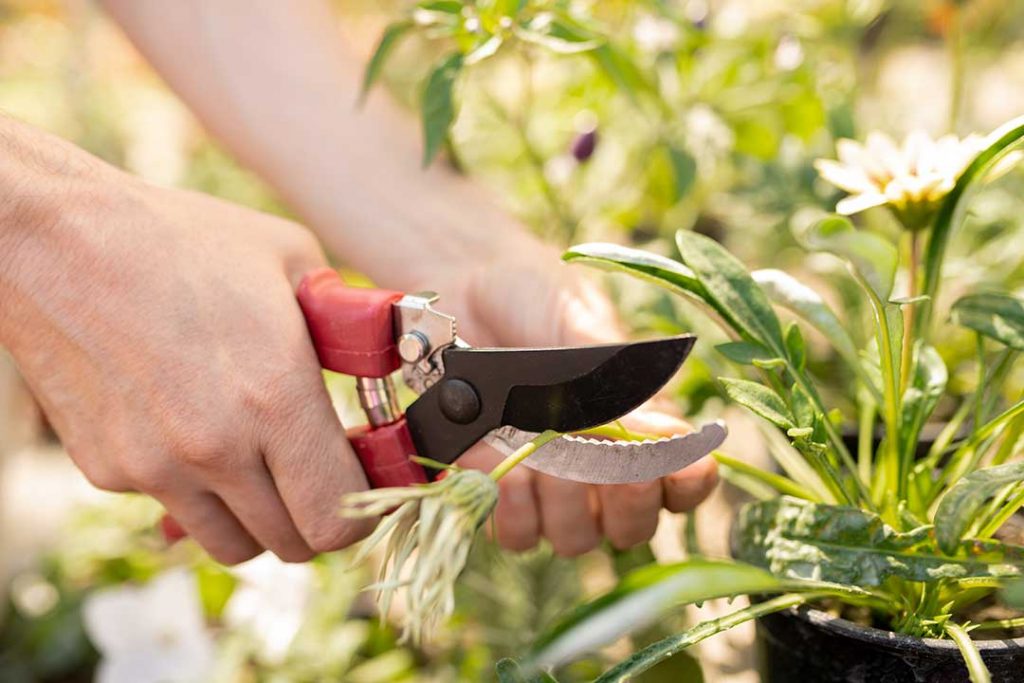
Tools for Gardening
Lastly, you’ll need a good set of tools. Even if you’re planning on just doing container gardening, you’ll still want things like a spade, gloves, and other tools for maintaining your garden. (Weeds can still grow in pots if you’re not careful—you’ll want to be equipped to deal with them!) I personally went with this set (Gardening Tools for Women Stainless Steel Gardening Tools - Gardening Kit Garden Tools for Women Includes Shovel Trowel Fork Rake Gardening Gloves Perfect Gardening Gifts ), but you can find more below.
How to Start a Garden
Now that you have an idea of what to plan for, we’ll get more into the actual how-to of gardening. It sounds simple, and it is. But a lot of it is remembering to keep up with everything on a regular basis, stay consistent, and keep an eye out for the first signs of things going wrong.
Choose the Best Soil
Gardening in containers relies on a good potting soil mix. It should be light and fluffy (not packed, like the dirt out in the yard) and drain well, but still retain moisture.
Burpee Natural & Organic Coconut Coir, 8 Quart, (1 Pack) is my go-to, but I’ve also had a good experience with MiracleGro, as well as some options from my local nursery. If you’re buying online, I highly recommend sticking to well-known brands. You can go wrong with soil, so make sure to check out reviews on what you’re getting!
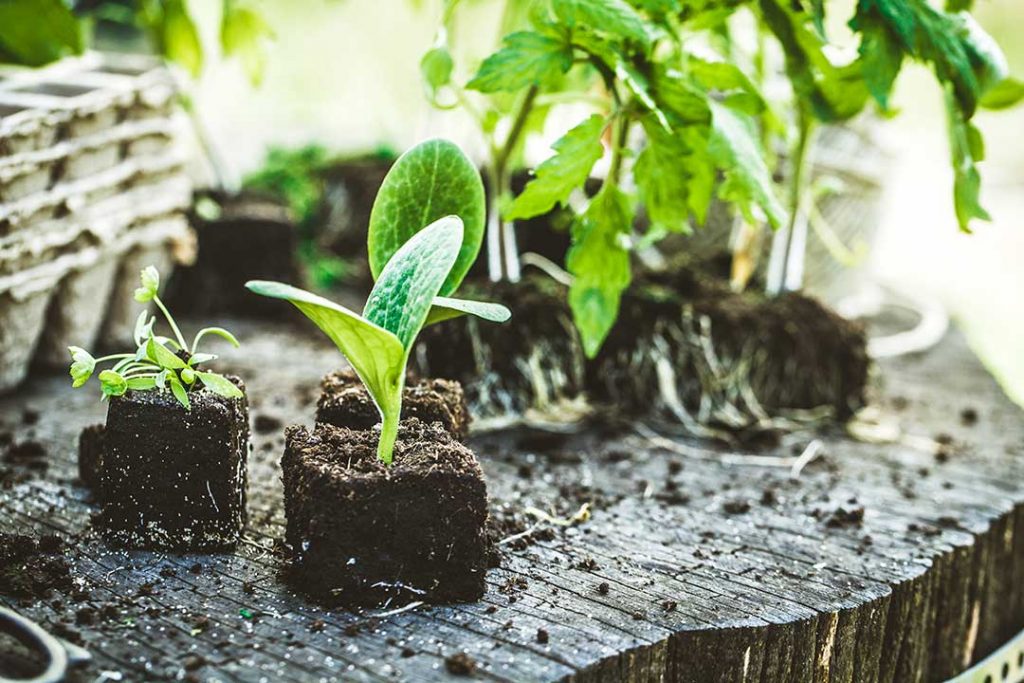
Seeds or Seedlings?
There are a wide variety of starter kits available online with step-by-step instructions on how to start seeds. While they include everything you need to get started, you’ll still want to get things like potting soil, tools, and bigger containers. Plants don’t stay small for long at all, and before you know it, they’ll have outgrown their starter containers!
I personally prefer to start from seed, so I know what goes into it as far as fertilizer and other nutrients, as well as what kind of pesticide (if any) is used. Many companies on Amazon that offer starter kits also offer a guarantee on their seeds if you run into problems with starting them. Kits like these also come with extra seeds in case something doesn’t quite go right!
Start Your Seeds
If you live in a warmer climate, there is rarely a time you can’t start seeds. I’ve started herbs well into autumn, giving them just a couple of months before the first freeze. That being said, don’t try to grow things like peppers that thrive in the heat quite that late!
Normally, you’ll want to start planning and prepping in autumn, start seeds indoors towards the end of winter, then transplant towards the middle of spring. This could be different for your zone—Burpee has a handy growing calendar here you can reference for when to start seeds in your zone.
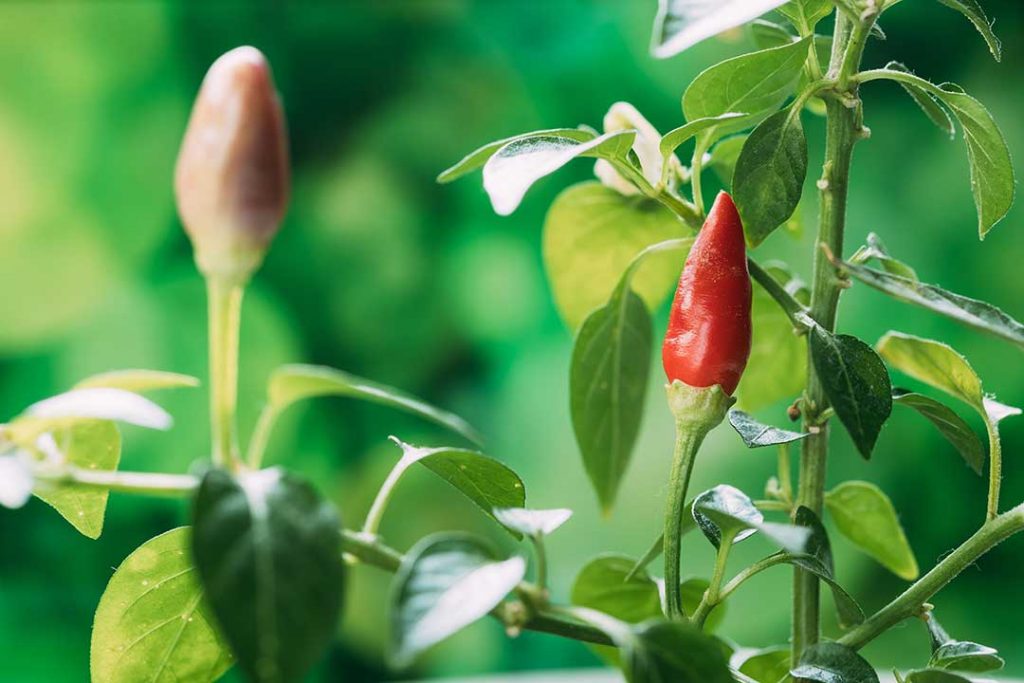
Transplants
If you’re working with seedlings or slightly larger plants, you can use this calendar.
Take a trip to your local nursery at (or slightly before) the start date. Nurseries are usually very helpful and will readily share how they care for their plants, as well as what they use on them.
If you’re planning on using containers, get a pot that’s at least the size of the plant. Putting it in a smaller pot can shock it. It needs plenty of room to breathe.
If you’re using a bed, just make sure you have a good gardening mix and be careful not to pack it. You’ll want the roots to be somewhat loose, but stable. They need to be able to grow, but shouldn’t be so loose that the slightest bit of rain washes them away!
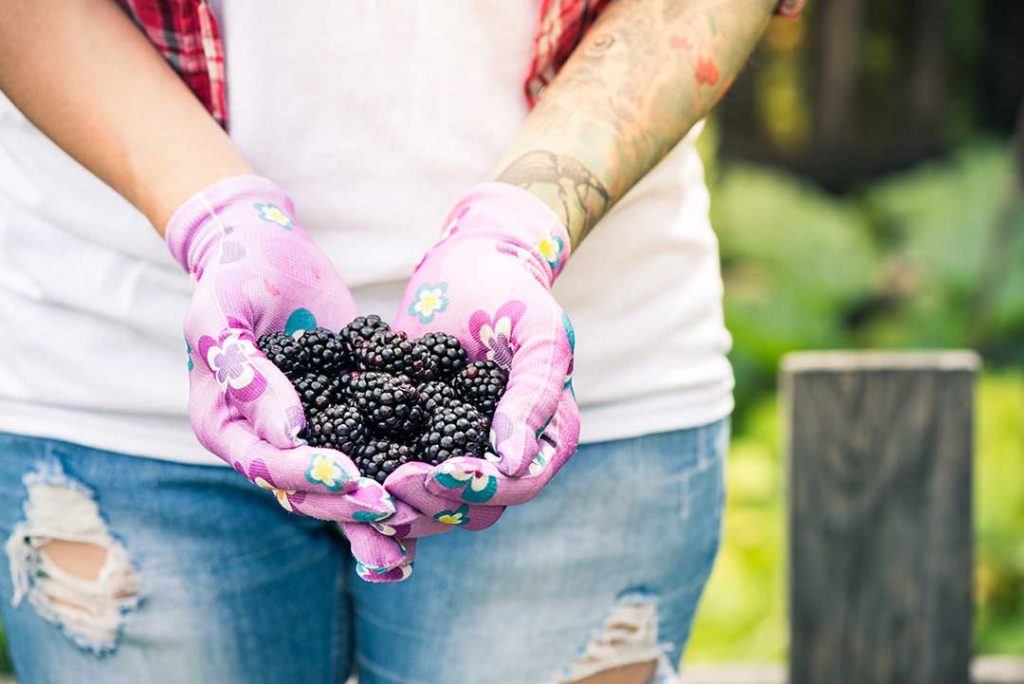
Tending Your Garden
From here on out, it just takes time, consistent care, and a keen eye.
Watering is fairly straight forward—keep the soil moist, not wet, and make sure it can drain properly. You should never see pools of water on top of the soil. If your pot isn’t draining quickly enough, try drilling a few more holes to let more water through. In most cases, you’ll want to water at the base of the plant and not get the leaves incredibly wet.
In a garden bed, you should be able to stick your finger in the soil and feel that it’s not wet, just slightly damp. You’ll want a little bit of dirt to cling to your finger and you shouldn’t feel anything really muddy. Excess water can bring about some unwelcome growth of diseases, rot, and parasites.
In general, you’ll start to notice things that look out of place the longer you tend to your plants. Things like yellowing leaves could be a sign of disease or infestation. Don’t let it run wild—do a little research and see if you can reverse it and work towards preventing it from happening again. This guide can help you identify common issues.
Good luck and happy gardening! We hope this guide on how to start a garden has helped you get started with your new favorite hobby.
Looking for other hobbies to try? Check out our guide on how to brew your own kombucha!

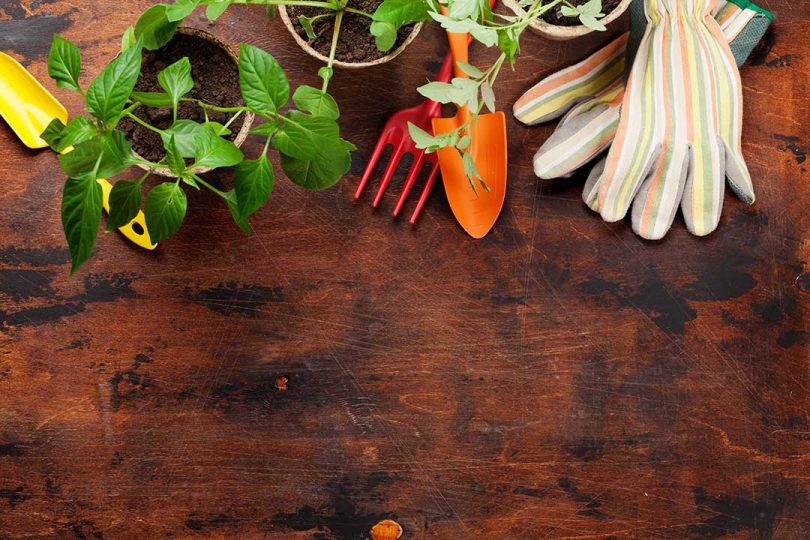





















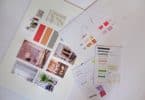



This article is very helpful and timely for me. For starters, I have been struggling with where to place certain plants I bought.
I’ve been wanting to start a garden for many years, but had no idea how to begin. Now I feel like I can do this!
Did the research found plant I had never heard of esperanza.
Its doing great and the deer haven’t eaten it.
Great info on checking zone and soil.